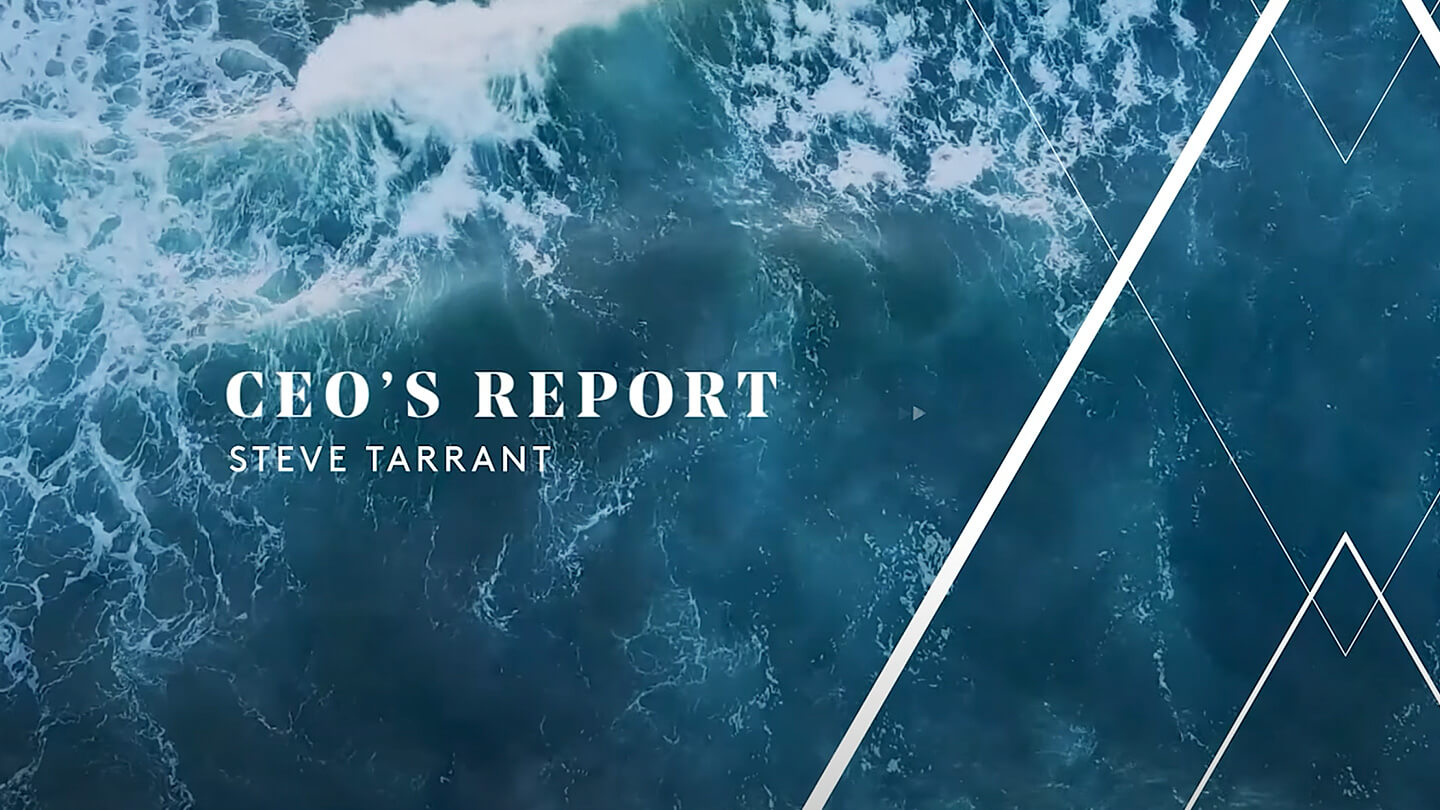Chairperson’s report
Tā te tiamana pūrongo
Covid19 continues to be a challenge this year, however we have not stopped looking to horizons to seek out opportunities which deliver greatest value to our shareholders. It’s not a journey we take alone.
We are fortunate to have a strong network of Māori organisations we work with. When we collaborate and work as one, is where the benefits for our people are immense.
Support for our communities in times of greatest need has been possible through the collaborative efforts of many. We continue to support whānau across the motu through customary quota and active influence in fisheries management.
Tēnā tatou katoa e te iwi, ka nui te mihi kia koutou katoa.
Given the restrictions in Aotearoa this year, it gives me great pleasure to be able to provide you with this short video clip as an introduction to our annual report. While never as good as kanohi ki te kanohi, we are hopeful that in the near future we will return to some sense of normality.
In these uncertain times, this whakataukī has guided us this year.
Ko te pae tawhiti, whāia kia tata; ko te pae tata, whakamaua kia tīna.
Seek out distant horizons and cherish those you attain.
Our Board is pleased to report a dividend of $10.8 million for the 2020/21 financial year, compared to $8.8m last year. As in prior years, this financial payment to our Iwi shareholders represents a substantial, tangible benefit to the many.
As this is my last year on the Board, I would like to acknowledge all of our Moana staff, contract fishers and divers. They have once again shown their resilience, put their heads down and gotten on with the mahi that needs doing.
We have a great team led by Steve Tarrant, who have gone above and beyond to serve iwi, particularly since the onset of the pandemic.
As I retire as Chair, it has been a real privilege to be part of Moana for the past nine years, as it has grown into its space of being Aotearoa’s largest iwi ownedfishing company.
The development of the brand, the sustainability strategy and the financial strength of the company make me incredibly proud.
I wish Moana New Zealand, its iwi shareholders, the Board and all of our kaimahi the very best for the future.

Hinerangi Raumati
Director, Chair of the BoardChief Executive’s report
Tā te tumuaki pūrongo
Firstly, I would like to acknowledge our people.
Our staff have once again shown resilience through this pandemic and strength in unity as we have all moved through varying changes in alert levels across the country. I’m proud of the way our staff have continued to go the extra mile with our health and safety protocols to ensure our operations are fully compliant and we have kept ourselves and our colleagues safe and well.
While the Covid19 pandemic continued to adversely affect our business through 2021, as it has many others, once again the benefit of our balanced portfolio has proven to be invaluable.
Operating earnings before income tax, finance expenses, share of Sealord profit and interest were up on Plan by 35 percent, and up 70 percent on the prior year which had been significantly impacted by the emergence of Covid19 early
Most of the earnings improvement year on year, as well as being the significant underlying reason for exceeding Plan this year, is due to our kōura earnings through the Port Nicholson Fisheries partnership. As discussed more fully below, this earnings stream rebounded more than $8m between the financial years.
Tēnā koutou katoa, welcome everybody, Steve Tarrant here, CEO of Moana New Zealand.
I’d like to welcome you all to the first ever digital integrated annual report for Moana New Zealand.
At Moana we are continuously aware that natural capital and healthy ecosystems are impacted by a number of factors which we all have a responsibility to improve.
Our refreshed sustainability strategy has a strong focus on lightening our harvest and farming practices.
Our response to climate change is another area of focus and we’ve set ourselves an ambitious target of carbon neutral by 2040.
Our ability to meet this target will take great effort from all of those involved and it’s wonderful to see the commitment and engagement from our people at Moana New Zealand.
As you’ll all be aware this year has been an extremely difficult year for businesses within New Zealand. It has been a privilege to lead such a dedicated group of people who have turned up to work everyday to make sure we are delivering for our shareholders.
The ability to navigate our way through Covid has also been built on the foundation of fantastic support from both our Board of Directors and our shareholders.
From all of the staff at Moana New Zealand, we wish you continued health and wellness in 2022.
Tēnā koutou, tēnā koutou, kia ora, huihui mai, anō tātou katoa.
Our business has been affected by the well-publicised disruption of global freight (higher costs and disrupted bookings) and the impact of both lock downs and constraints on trading both in Aotearoa and export markets.
Our product remains in high demand although we have been adversely impacted by weaker than Plan pricing for our canned pāua sold for the 2021
The decision made at the end of last year to shift from a growth model to a stabilisation model for our pāua kahurangi business has proven beneficial with near break-even earnings achieved in the current financial year in comparison to significant annual losses in prior years. This was achieved despite challenging trading and logistical conditions with live product being shipped to China.
Our full net profit after tax (excluding our 50 percent share of Sealord earnings) for the year was ahead of Plan by 54 percent, and 96 percent up on last

Steve Tarrant
Chief Executive OfficerAotearoa’s Premium Kaimoana
Moana New Zealand is proud to sustainably source kaimoana from the pristine waters surrounding Aotearoa. In Aotearoa we are acutely aware of our marine environment as we play, eat, live and benefit from its bounty.
In this section you will read about the performance of our seafood and readymade meal products across the past fiscal year.
Ika (Fin fish)
The first half of the year experienced strong landings and sales, slowing through the second half but finishing strong.
Key export markets in Australia and USA were equally volatile throughout the year as Covid19 restrictions and closures occurred, presenting significant supply chain and logistics challenges for both fresh and frozen products with fewer flights and container shortages.
Domestic market channels forecast an improving Covid19 situation with hospitality recovering, which unfortunately did not materialise. However despite these challenges, sales overall were 98 percent of Plan which was an

We were able to maintain plant efficiencies throughout the year with additional third party volumes from other processors forced to close temporarily due to positive Covid19 cases, supporting our productivity.
This increase in volume tested our normal temporary labour availability during peak periods as most manufacturing sites struggled to acquire staff. We experienced Covid19 driven labour shortages throughout the year and anticipate this challenge will continue into the new season.
We continued our focus on innovation with a new pin-bone water jet cutter acquired and due to be installed in the new year which will significantly improve throughput efficiencies. This will also improve our skilled labour usage on the line with the non-skilled labour now being upskilled and relocated to support continuous improvement.
Strategic partnerships form a significant part of our operating model and we continue to seek opportunities to collaborate. As always there remain a number of challenges ahead of us which will require ongoing monitoring and actions by management to mitigate.
Kōura (Lobster)
The strong performance of Port Nicholson Fisheries (PNF) over the past 12 months has been pleasing. Moana’s kōura earnings are generated through its partnership in PNF, which is a pan-Iwi business solely focused on kōura supply chain and
Live export sale prices continued to remain strong throughout the year and substantially ahead of last year’s Covid19 impacted levels which is largely driven by the ongoing import restrictions for Australian lobster into China from late October 2020 and also a substantial improvement in quality performance with 97 percent live export rate achieved against Plan of
Kōura FY21 earnings are 186% or $6.4m ahead of Plan, and an improvement of 154% on last year.
We are also benefiting from supply chain and processing improvements which are evident in the reduced value of mortality claims by customers and an increased proportion of landed fish being exported.
The lobster fishery continues to require careful and proactive management in order to avoid TACC cuts and disappointingly for the new season commencing April 2021 a further cut to Area 3 and Area 4 TACC occurred which will impact catch volumes and earnings for Moana and other PNF shareholders.
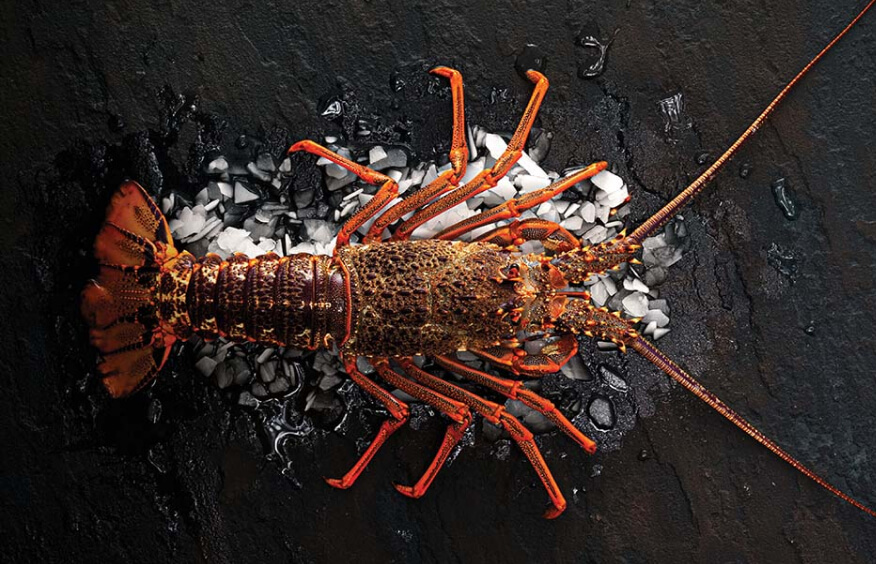
PNF continues to ensure the robustness of its supply chain functions despite volatility around market demand and pricing. This includes exploring new, innovative technology to improve quality systems and alternative product forms further up the value chain.
The heightened demand for New Zealand ‘Jasus edwardsii’ has continued into the first half of the new season in a challenging environment which is currently tracking ahead of the PNF Plan with an improved net surplus and live sales volumes at 95 percent.
Pāua Tūwā (Wild Abalone)
For pāua tūwā, price pressure from late FY20 carried into the Chinese New Year sales period for FY21 with actual prices below planned levels across all product formats.
South African exports at low prices dictated pricing for both live and
Volume demand for Chinese New Year canned pāua sales rebounded from FY20, but unfortunately pricing did not. However, we did experience late season price improvement in our live channel both in pricing and demand as South African supply reduced and buyer concerns over Australian abalone access increased.
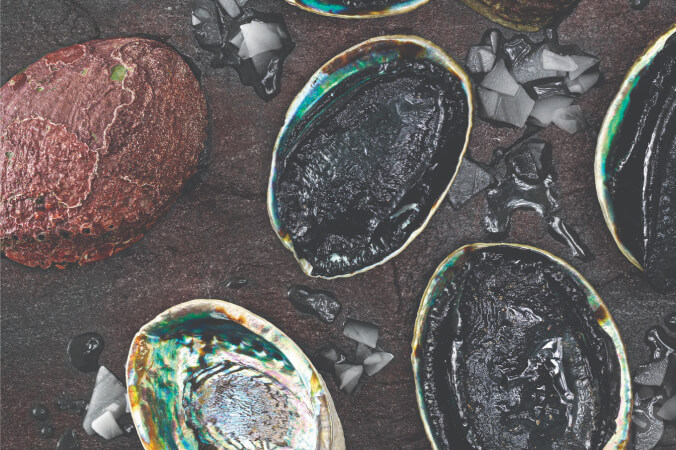
Our harvest team continued to make improvements in two key quality traits for live pāua, water loss and survivability. This is beginning to be recognised in market, further increasing our demand.
Late season canned volume exports increased due to importer concerns over shipping access and delays due to Covid19 disruptions, with clients buying earlier for Chinese New Year 2022 than they normally would and at improved prices.
Pāua Kahurangi (Blue Abalone)
At the end of FY20, a full business review was completed to identify if our pāua kahurangi business could be run profitability.
Findings identified a clear need to shift from a growth model to a stabilisation model to solidify this business unit. The first year of a new operating model and cost structure has resulted in a turnaround of performance and near break even earnings exceeding Plan.
Installation of insulation in the roof of our sheds and also decommissioning our tray system, not designed for our species, has been successful in controlling our temperatures during the summer period. This resulted in a significant reduction in mortality and continued growth of pāua during the summer period for the first time.
Price improvement in the latter part of the season was driven by importer concern that Australian abalone could be targeted by the Chinese Government as Australian lobster has been.
Live exports were deliberately slowed in the last quarter to protect grow-on stock availability to the first half of FY22, but demand exceeded supply and this has helped push pricing up further for FY22.
Kai Ora (Ready to Eat)
Our kai ora business was the most adversely affected of our product streams, due to carryover effects of Covid19 from FY20.
Production commenced fully two months later than usual for the Australian Defence Force contract, as a result of curtailed military exercises during Covid19 lockdowns and overstocking of military stores.
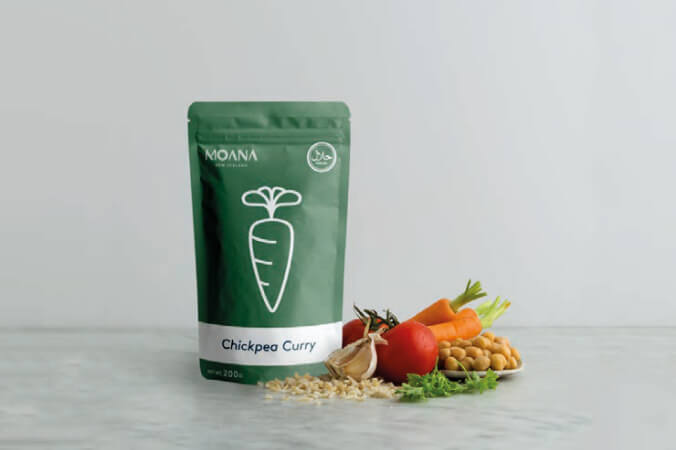
Volume compressed into quarter four of FY21 and quarter one of FY22 as a result. We also experienced a lack of humanitarian sales budgeted due to the countries that fund such work becoming more insular through Covid19 and channelling funding toward support of domestic
Delays were incurred on our retail ready-to-eat product launch as initial sensory research identified that certain recipes needed more development.
Our new product development team in Palmerston North worked hard on range re-development and second round sensory evaluations were very favourable and we will be proceeding to retail launch in FY22.
Foundation compliance and labelling work was also done this year for the launch of ready-to-eat meals via Amazon in the USA as a new route to market in FY22.
To assist future development of our kai ora opportunities, in April we appointed an International Business Development Manager who focuses on retail kai ora product and market development and who has been integrally involved in both launch projects.
Tio (Oysters)
Annual production volumes across the reporting period were down by 89,000 dozen, driven by shortages in the procurement of wild volumes through August and September.
This shortage was a result of the Northland floods which caused significant farm closures preventing harvesting of wild supply at the end of FY21.
Reliability of spat supply continues to impact our growth plan. We only received 67 percent of total spat plan produced under contract. Recovering supply resulting from the shortage will stretch into FY23.

 Whangaroa
Whangaroa
Our first commercial run out of the new built Moana hatchery will not commence until at least February 2022, as a result of the impact of Covid19 lockdowns and supply chain issues.
A challenging job market and international shipping are having a broader operational impact on our Tio Transformation project rollout.
This has meant delays to our initial plan for roll out of $15.9 million capital investment earmarked to transform our farming operations to a new technology that enables semi-automation which commenced in November 2021.
Across the past financial year, we successfully purchased 10.6 hectares of new water space in key strategic growing areas to support our overarching growth strategy. These are situated in the Far North andBay of Islands.
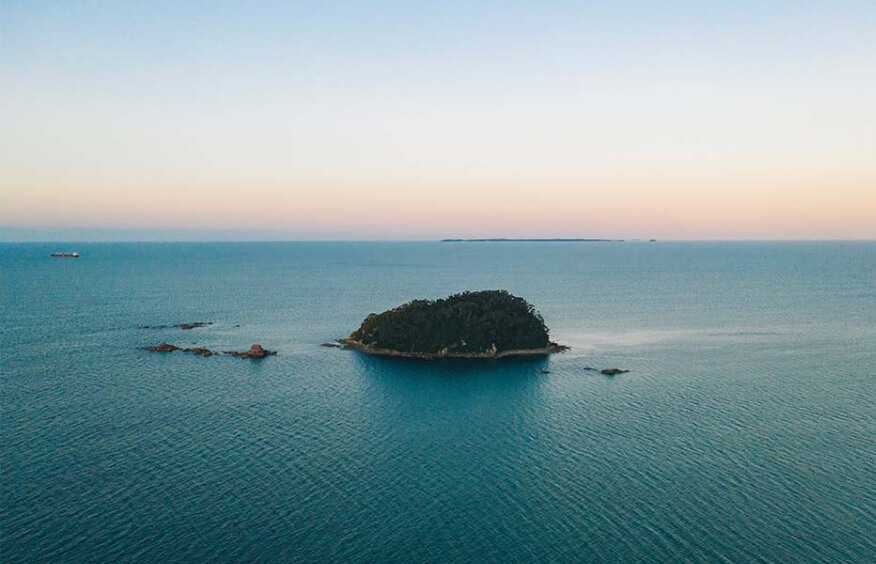
The main challenges in Tio were the 11 percent lower than Plan production volumes and a grade fall weighted toward smaller oysters, with industry-wide growth rates slower than usual this year.
Lower average pricing than Plan was achieved, despite oyster pricing holding from FY20 to FY21, due to size mix and lower than Plan live volumes.
Sporadic lockdowns in key markets also adversely impacted live volumes and combined with higher than plan airfreight rates, left tio sales volumes short
The performance of our new buyer in Russia was positive, as they exceeded Plan for live to this market, despite several localised lockdowns. We also experienced strong late season frozen demand with Australian and Hong Kong demand exceeding supply and very strong domestic demand all year, with both retail and wholesale sales well ahead of Plan.
Sealord
Sealord had a strong year despite Covid19 operational challenges. Reported NPAT of $31.7 million was $5.1 million higher than Plan and $2.4 million higher than last year (Moana’s share being 50 percent).
This result was achieved despite wild catch of 99,267 metric tonnes being down 6 percent on last year, with Government imposed restrictions on foreign crew delaying sailings at the beginning of the year and a poor squid season.
Reported sales revenue of $449 million was 13 percent above last year, although FY20 included only 8 months of revenues from salmon subsidiary Petuna Aquaculture, following Sealord’s acquisition of the remaining shares in
Positively, EBIT from both our core fishing business and Petuna Aquaculture were ahead of Plan and FY20 with careful focus on operational detail and sales flexibility helping us to navigate through the Covid19 challenges. Offsetting this were lower results from 50 percent owned fishing subsidiaries Westfleet and Australian Longline, with both businesses suffering from a decline in foodservice demand and Covid19 logistics impacts on key markets and species.
Although export sales were 13 percent above FY20, this segment continued to be a challenge, with ongoing shipping and port delays, as well as congestion charges and low foodservice demand. Pricing was down on certain higher-end species, but higher on lower value species such as mackerel and barracouta due to Covid19 supply issues elsewhere in the world.
Pricing was higher on lower value species such as mackerel and barracouta due to Covid19 supply issues elsewhere in the world.
Sealord’s Australian frozen retail sales continued to grow steadily, up 17 percent on last year. This was offset by lower fresh (Petuna) and frozen (Sealord wild catch) foodservice sales due to lockdowns and less eating out opportunities.
Overall New Zealand sales revenues were 5 percent below last year, mainly due to the one-off surge in canned tuna and salmon supermarket sales during the first Covid19 lockdown in FY20.
Outlook
When writing my report 12 months ago we were pleased with how well the business had traversed the emergence of Covid19 and were hoping that trading conditions would improve over the next 12 months and be on trend towards ‘business as usual’. It is now apparent that the world might not return to ‘pre Covid19’ days anytime soon .
We must continue to adapt and innovate in this new environment. We remain confident that the ‘new normal’ can be navigated drawing on the strength of our diversified portfolio; strong leadership; supplier, shareholder and customer relationships; and strength of demand for our kaimoana and kai ora.
We must also strive to be ‘the best place to work’ in the face of a very tight labour market where the attraction and retention of staff is increasingly difficult.
Ika will continue to look to increase value from a constrained quota base which has been reduced by adverse TACC changes in particular hapuka bass, as well as an industry agreement to shelve 10 percent of east coast tarakihi. Incremental value will be delivered by appropriate channel and market switch, and processing and product innovation, where margins are improved. We are already selling premium product which means there are no quick wins with extracting additional margin growth, our target with a branded consumer ready format being

Leroy Apiata - Tio, Whangaroa
For pāua tūwā we are expecting a gradual improvement in pricing for our canned format where a significant proportion of demand and sales is for the peak Chinese New Year season. In response to concerns about sea freight availability customers are ordering earlier than normal. While we are developing other formats (live and Individual Quick Frozen or IQF) and channels we remain heavily dependent on Chinese New Year demand for our canned products. Pricing for other formats which are sold to China also face price pressure from both domestic farmed product and other countries, where there is risk that lower pricing is driven by cashflow requirements and the need to move stock, particularly with respect to IQF product.
While our kōura earnings continue to benefit from the geo-political tension between Australia and China, the continued blockage of direct Australian exports into China is not guaranteed. Subsequently the lack of supply of Australasian kōura is creating opportunity for substitution from other warmer water wild varieties and farmed lobster, which potentially could have an adverse impact on the longer term pricing for supply from Aotearoa. Due to both timing of the recognition of income from PNF and a cautious assumption as to price and margin realisation we have Planned for Moana share of earnings to be down by over 25 percent in FY22.
Due to a significant spat mortality event three years ago the volume available for sale is constrained and will need to be carefully managed so that customers have access to 12 month supply. Our target market is live to China and while our volumes are miniscule compared to global farmed output there is demand for our unique product offering. Naturally we face price pressure due to the pricing behaviour of our far larger competitors (including South Africa and Australia) who have lower costs of production and by necessity need to keep moving stock.
For Pāua Kahurangi the next 12 months will continue to be focused on delivering steady earnings through continuous offtake and sales.
The operational focus in the next 12 months for our tio business is for the new hatchery to successfully meet appropriate milestones for delivery of commercial volumes of spat and to continue rolling out the tio transformation project, without disruption to on-farm growth and supply to customers. Costs will be incurred by the business as we resource up the hatchery and on farm capability before the earnings from increased off take appear, given the 18 to 24 month life cycle of tio. A spawning failure in 2020 and 2021 will also impact the available supply in 2022 and 2023. Total sales volumes are expected to be similar to the year just gone while pricing is expected to improve to pre Covid19 levels.
In addition to the financial outcomes we will continue to pursue zero harm for our people. Our safety and wellbeing strategy is clear and non-negotiable.
Moana New Zealand
Snapshot
We are proudly 100 percent Māori owned and strive to achieve greater value each year for our Iwi shareholders by operating our business efficiently and living true to our values.
Iwi
Process
Harvest - Our products
 Pāua Kahurangi (Blue Abalone)
Pāua Kahurangi (Blue Abalone)
 Pāua Tūwā (Wild Abalone)
Pāua Tūwā (Wild Abalone)
 Koura (Lobster)
Koura (Lobster)
 Tio (Oyster)
Tio (Oyster)
 Kai Ora (Ready to Eat Meals)
Kai Ora (Ready to Eat Meals)
 Ika (Fin Fish)
Ika (Fin Fish)
Market
North America
China
other**
rest of Asia*
Australia
New Zealand***
**Europe, Pacific Islands and Middle East
***Figures include Lobster ACE sold through Port Nicholson Fisheries partnership
Focusing on what matters to our stakeholders
Moana New Zealand have completed three full bi-annual materiality assessments. The last one being completed in 2020 and the next due in 2022. The assessment is designed to inform the business on what stakeholders believe is most important.
The top five topics that emerged as most important to stakeholders in 2020 through the ranking process overall were:
Endangered species protection and bycatch reduction
Continued support for the Black Petrel Working Group, Precision Seafood Harvesting and the Māui Dolphin Drone project.
This year we also once again supported our contract fishers to visit Great Barrier to assist in bird banding.
Kaimoana utilisation
Continue to support Kai Ika project.
Innovation in fishing to improve sustainability
Continued investment in Precision Seafood Harvesting and begun our Tio Transformation project.
Improve operations through employee consultation
Brought our people together to workshop ideas to decarbonise our operations and conducted engagement workshops which identified operational improvements that were implemented.
Execute our strategies, do the right thing
Launched our refreshed sustainability plan – Hononga Tutūru and reviewed our overall five year aspirational strategy and reported plans actions against actual.


